
Pope John XXIII
1958-1963
HAMPTON WICK ~ BEGINNINGS
 OUR
LADY OF HAMPTON WICK
OUR
LADY OF HAMPTON WICK
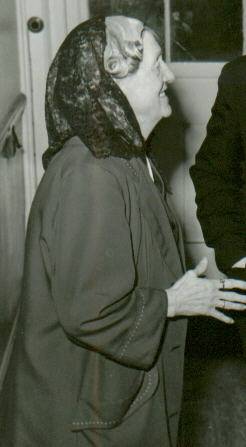
She had improvised a chapel in her own home in which, with Cardinal Griffin’s
permission, a monthly Mass was celebrated. The Chapel was later extended
and serves the community to this day.
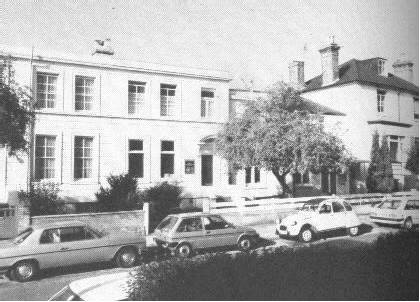
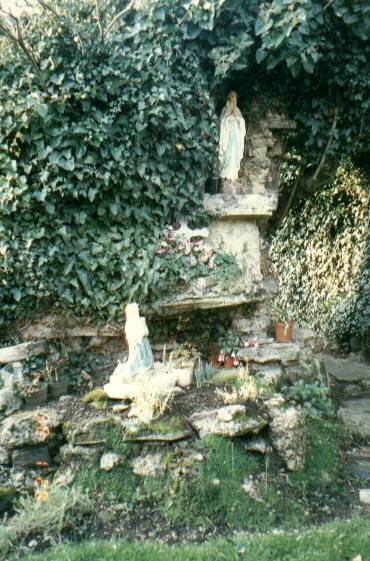 The
Grotto in the garden at the back of the house.
The
Grotto in the garden at the back of the house.
13 LOWER TEDDINGTON ROAD
Between 1952 and 1962 not only were the houses caring for the elderly well established, plans were in hand for a residential unit for severely mentally handicapped children, Colombo House. In Hampton Wick, another house, No. 13 Lower Teddington Road, was acquired for conversion to a nursing home.
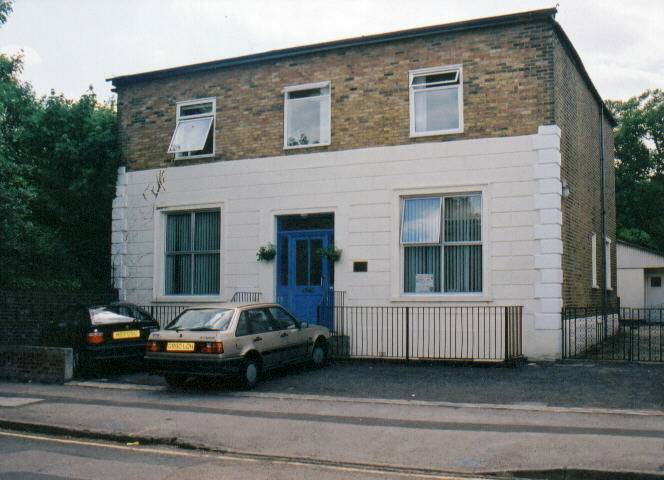
No. 13 was owned by the Railway authorities and needed extensive conversion to provide an 8-bedded nursing home. It was opened on 11th February 1966 fully staffed and registered as St. Mary’s Nursing Home.
By the late sixties the complex of Lower Teddington Road provided residence for the elderly gentlemen, the nursing home, a hostel at No. 21, St. Stephen’s on the upper floors and offices on the lower ground floor.
Compensation funds from the Greater London Council (as it was then) formed the basis for the new home for the elderly in Hampton Wick which was called after the founder, Orione House. When two big houses with large grounds between Westminster House and the railway station became available the plan was put into action. Orione House was opened on 12th October 1974
ORIONE HOUSE
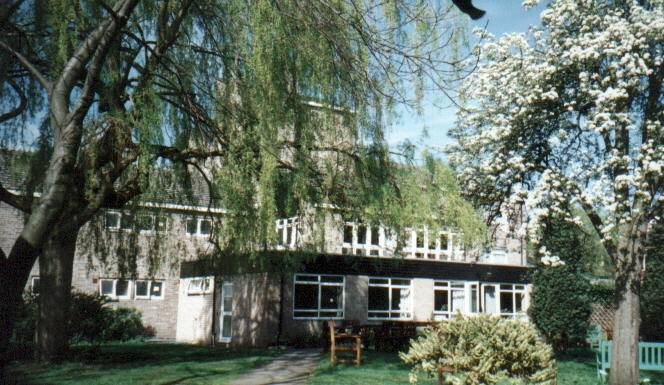
The picture shows the garden at the rear of the house and this faces the back of Westminster House. In the summer the community sit in the garden together with the residents. In recent years the AGM has been held in the garden with the celebration of Mass in the open air followed by reports given by the Company Secretary and the Financial Administrator finishing with a barbecue and social get-together.
Residents of Orione House are able to lead their lives as
their physical abilities allow, they are free to come and go as they wish
- the house is truly their home. Some people have their fees met by the
Social Services payments from the State and some pay privately. Some residents
never have a visitor and for them the priests and brothers and the staff
are their family and their friends.